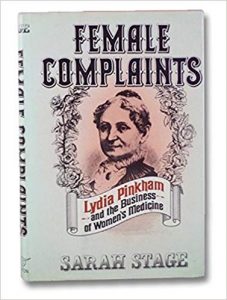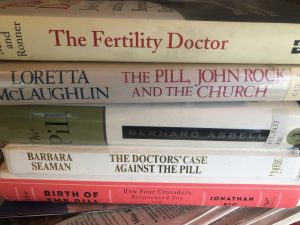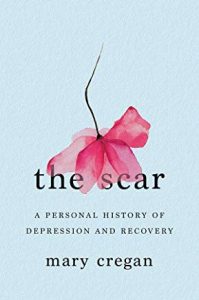Many who knew Bruce S. McEwen, Ph.D., either at The Rockefeller University where he ran a laboratory or as a guest at one of his homes in New Jersey or Maine, said the same thing: For a high-powered New York City-based scientist, McEwen was unusually serene.
But McEwen was deep in stress for more than 50 years.
He conducted pioneering work on stress in the brain in the 1960s and trained a generation of the leaders in the field. I had the privilege of speaking with him a few months ago while exploring the truth behind the old adage about stress hindering fertility.
We had a few fruitful conversations–not limited to fertility. We chatted stress and its broader impact on health. We talked even talked about the good stress.
Last week, I was devastated to hear that he died after complications from a stroke. McEwen was 81. One of his articles was published on the day he died: January 2, 2020.
In the New York Times obituary that I wrote and that came out today, I touched on his discoveries. His initial study showed that corticosterone, a stress hormone, latched onto the hippocampus, the brain center for learning and memory. This research paved the way for others to show that unrelenting stress causes a spike in stress hormones (cortisol along with other chemical mediators) that shrinks parts of the hippocampus (and swells the amygdala, known for vigilance against a threat).
What drew me to McEwen was, of course, his fascinating research but also that he practiced what he preached. If you were lucky enough to catch a few minutes with him, somehow his approach to life wafted through the room or phone lines, as the case may be. You felt a little more, well, calmer. Perhaps it was his Midwestern mild manner (he grew up in Michigan) compared to my New Yorker neuroses.
Since immersing myself in his research over the past weeks, going over our conversations and listening to his many talks on YouTube, I’ve been reciting a few of his lessons, like mantras. They remind me that a few minutes a day to unwind, to take deep breaths, or to meditate has both immediate and long-term health implications.
- Reducing stress is good for your brain, right down to the genetic switches.
- Fleeting stress is a good thing: the kind that energizes you for, say, a talk or test.
- Stress is not something that happens to you, but the way you respond.
That last one is a tricky one because, in the thick of freaking out about some frustrating incident or a screw-up at work, it’s easy to believe that our racing heart, our shallow breath, our nail-biting infuriation is the right way, or the only way, to behave. It’s not me. It’s everything done to me. But it’s at those moments, when you realize that the day may be going off course (it may be something you did wrong that needs to be fixed; or something someone did wrong to you), but you can still control your physical responses. You cannot deep breathe away a mishap but you can control the way you allow your thoughts to dwell.
McEwen leaves a massive legacy in neuroscience: he ushered in a new way of thinking about stress. And yet, according to his wide network of friends, students, and colleagues, he also leaves behind another important lesson:
McEwen was kind, supportive, and engaged in life inside and outside his lab. He played tennis, drew, painted, and enjoyed a good glass of red wine with family and friends. He was a dog-person (which ranks high in my books). Students remember his Schnauzer wandering the Rockefeller and sometimes in the faculty club.
Does niceness and companionship help people cope with stress? I would say so. And, in turn, it just may foster better focus and learning. To be sure, avoiding bad stress and engaging in good stress is not a guarantee against every chronic ailment, but it will certainly make the journey more pleasant.McEwen, Bruce S. and Huda Akil, “Revisiting the Stress Concept: Implications for Stress Disorders,” The Journal of Neuroscience, January 2, 2020 40:1 12-21
Here’s a link to his thoughts about good, tolerable and toxic stress.
REFERENCE: McEwen, Bruce S. and Huda Akil, “Revisiting the Stress Concept: Implications for Stress Disorders,” The Journal of Neuroscience, January 2, 2020 40:1 12-21



